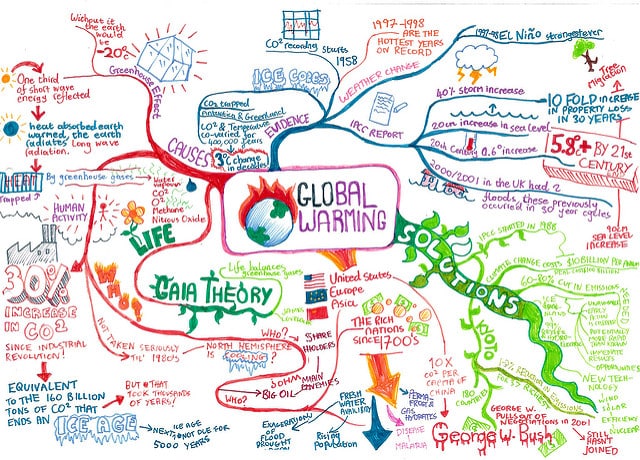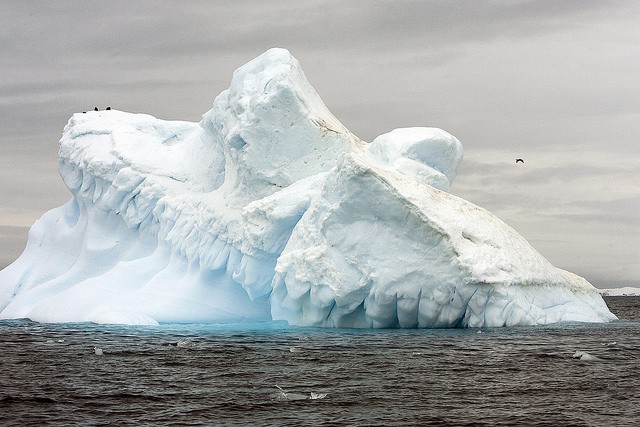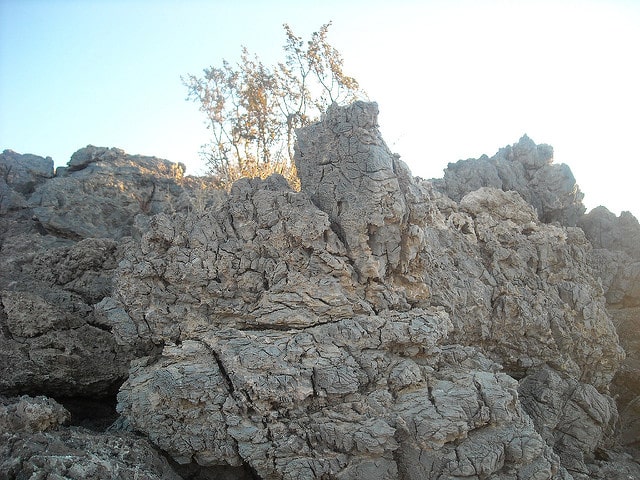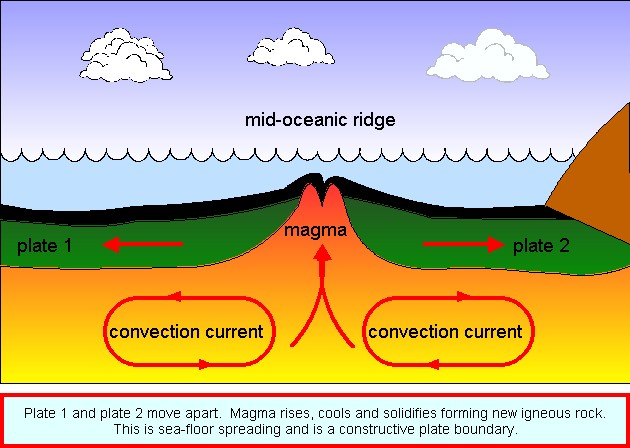What is a Mineral and How do Minerals Form and it’s Properties
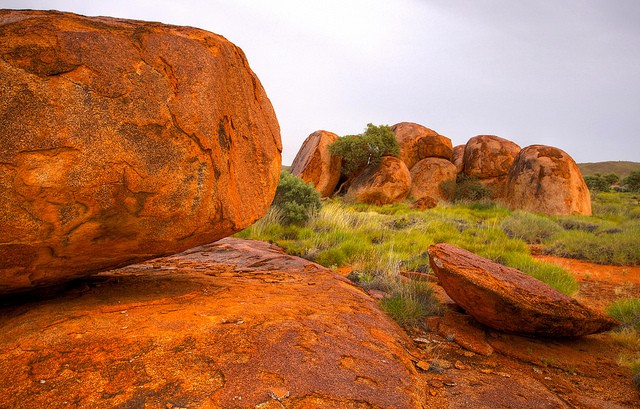
Many have looked at a rock and wondered how it came to be. Well, the history of rocks begun about 4.5 billion years ago, when dust and gas combined to form the very rocks that make up our beautiful planet. Rocks are the stuff of stars since they were created from elements harnessed far of the galaxy. Rocks and their mineral composition narrate the history of our planet.
Rocks are mainly composed of minerals. Minerals are the most precious elements on the planet. However, despite the abundance of minerals on the globe, about 90% of the earth’s crust is made up of minerals mainly composed of silicon and oxygen known as silicon minerals.
1. Minerals are the main building blocks of rock. For a substance to qualify as a mineral, it must exhibit the following characteristics:
2. Exist as a solid under normal earth conditions, which means a gas or liquid under normal conditions, is not classified as a mineral.
3. It must be naturally occurring, which means it must not be manufactured by humans. For instance, plastic cannot be classified as a mineral since it’s manufactured by humans.
4. It must be inorganic, meaning it should not originate or be made from living things. For example, leaves and tree branches cannot be classified as minerals since they come from living things. Also, coral cannot be considered a mineral because it’s made by small sea creatures.
5. Must have distinct or fixed chemical makeup, meaning it should have a specific chemical formula that is consistent throughout the mineral. For example, Quartz is a mineral composed of one part silicon and two parts oxygen atoms blended together. All Quartz available in the world is made up of this formula.
6. Atoms making up the substance have to be arranged in a specific structure. For example, Most of the minerals found on the planet are silicates, which means they are composed of, in part, silicon, and oxygen.
How do Minerals Form?
The earth’s crust is basically made up rock, and rocks are composed of minerals. The Earth’s Crust is made up of two major kinds of rocks, Granite and Basalt. The crust is the thinnest layer and is divided into two segments:
Continental crust:
This is the rock where continents are built on. The main type of rock found here is the Granite.
Oceanic crust:
The oceans of the world are found on top of this rock. The main type of rock here is Basalt.
Most of our natural resources are obtained from the continental crust. The area underneath the earth called lithosphere is extremely hot that rocks inside melt and stay in liquid state. The liquid is known as magma. So, when you travel from the earth’s crust into the centre of the earth, temperatures and pressure increase. Inside the earth’s lithosphere, heat moves through convectional cells.
Convection transfers hot materials upwards and cold materials downwards. When hot materials are pushed up through vents, they reach areas with totally different conditions. Here, temperatures are below melting point, so the liquid rock crystallises or solidifies. This is how most minerals form on earth. Minerals form when hot magma underneath the earth’s crust cools down or when lava that is forced out of the earth’s lithosphere hardens.
Note that when the hot liquid material is still underneath the earth’s crust, it’s called magma. Magma is, essentially, melted rock underneath the earth’s crust. When it’s forced out to the surface, it’s known as lava. Magma is commonly forced out to the earth’s surface by volcanic eruptions. When lava comes out of the surface, it cools down to a solid state to form mineral crystals.
Minerals basically form in two ways
1. Crystallization of magma
When hot magma is pushed up from the well and cools. It then crystallizes to form minerals
2. Crystallization of materials dissolved in water
This mainly occurs in salty waters such as ocean water. When salt water evaporates, it leaves behind materials or elements that were dissolved in it. For instance, ocean water is composed of high concentration of salt. Salt is denoted by symbols Na and Cl. When the ocean water evaporates, it leaves Na and Cl atoms behind. Na and Cl atoms later blend together to form a mineral called Halite, which is basically salt.
Mineral crystals come in a wide range of sizes. The size is determined by where and the length of time it took to crystallize. If magma cools fast, it means the crystals have less time to grow, so they become smaller. On the other hand, if magma cools slowly, the crystals have more time to grow, which means they become a lot bigger.
What is the difference between a mineral and a rock?
A mineral is made of same substance, which means it’s pure. A rock, on the other hand, is a solid combination of more than one mineral. Some minerals have crystals while rocks have no crystals. Minerals are usually appealing to the eye. Rocks are not always pretty.The commercial value of minerals is huge.
Rocks are typically mined to harness these minerals. These kinds of rocks mined specifically to extract minerals are referred to as ores. The residue of the rock after extraction of mineral is known as tailing. Minerals normally have a definite shape. Rocks have no definite shape. The color of minerals is usually similar. Rocks have a wide array of colors. Minerals have no fossil composition. Some rocks have fossils that date back hundreds or thousands years ago.
Properties of Minerals
The properties of minerals help mineralogist to determine their identity. Some identity tests are done on the field, while others require specialized equipment in the lab. Here are the physical properties that can help identify a mineral type:
1. Color
Even though color is the obvious property of minerals, it’s the least reliable for identification. This is because transparent or translucent minerals have many colors due to the composition of trace minerals.
2. Hardness
Hardness is the measure of resistance of a mineral to scratch or abrasion. The numerical value of hardness of a mineral can be determined by the Moh’s scale. The Moh’s scale is a group of 10 minerals whose hardness has been authenticated. Talc, which is the softest mineral, bears a Mohs scale rating of one. The hardest mineral on earth is diamond and has a Mohs scale rating of 10. Softer minerals are easily scratched by harder minerals since the overall force that binds the mineral together is weaker. The Moh’s scale of hardness is shown below:
- Talc
- Gypsum
- Calcite
- Fluorite
- Apatite
- Orthoclase Feldspar
- Quartz
- Topaz
- Corundum
- Diamond
3. Streak
Streak is simply the color of any mineral in powder form. Streak is obtained by rubbing the mineral on an unglazed porcelain tile. After rubbing, you’ll get some powder of the mineral and use the powder to identify it.
4. Tenacity
Tenacity is how particles of any mineral hold together or resist separation.
5. Magnetism
Magnetism is the trait that enables a mineral to attract or repel other magnetic materials. It can be daunting to determine the disparity between the different magnetism available, but it’s worth recognizing that distinctions can be made.
6. Odor
A bigger percentage of minerals lack odor, unless they are acted on by heating, moistening, or rubbing.
7. Luster
Luster is the appearance of light reflected from the surface of a mineral. Luster of a mineral is impacted by the brilliance of light utilized to examine its surface. Luster of a mineral is explained in the ways below:
- Metallic: Mineral is opaque, and it reflects light just like metal would.
- Submetallic: Mineral is dull and opaque, essentially dark colored.
- Nonmetallic: Mineral doesn't reflect light like a true metal.
- Waxy: Mineral mimics wax or paraffin.
- Adamantine: Mineral shines bright like diamond
- Vitreous: Mineral looks a lot like broken glass
- Silky: Mineral looks fibrous
- Pearly: Mineral looks iridescent, more like a pearl
- Resinous: mineral mimics hardened tree sap (resin)
- Greasy: mineral mimics oil on water
8. Taste
It’s rare to find minerals being identified by actual tasting. In fact, not many have taste. Only soluble minerals have a taste.
9. Crystalline structure
Mineral crystals come in diverse shapes and sizes. Each shape is determined by arrangement of atoms, ions or molecules that constitute the crystal and how they are joined. This is known as the crystal lattice. Crystalline structure of a mineral comes in different degrees, where the fibers of the crystal become hard or impossible to see with hand lens and naked eye. Cryptocrystalline and microcrystalline structures are only able to be seen by high magnification. If a mineral doesn’t have any crystalline structure, it’s known as amorphous. Amorphous crystals are few and can be viewed only with high magnification.
10. Cleavage and fracture
Cleavage is the tendency of a mineral to break along a plane and result in a smooth surface. A cleavage plane is a plane of structural weakness where a mineral is more likely to split smoothly. Different groups of minerals break in different fashions, thus, showing different kinds of cleavage.
Minerals that do not cleave are known to fracture. A mineral fractures when broken or crushed. Fractured surfaces in some minerals may exhibit a characteristic appearance which can help in identification. The types of mineral fractures include:
Conchoidal: Leads to a series of smoothly curved centric rings around the stressed point, producing a shell like appearance. This fracture mimics the ripples of a broken glass bottle.
Irregular: This fracture produces a rough and rugged surface
Hackly: This is a fractured surface with numerous small sharp and jagged irregularities.

